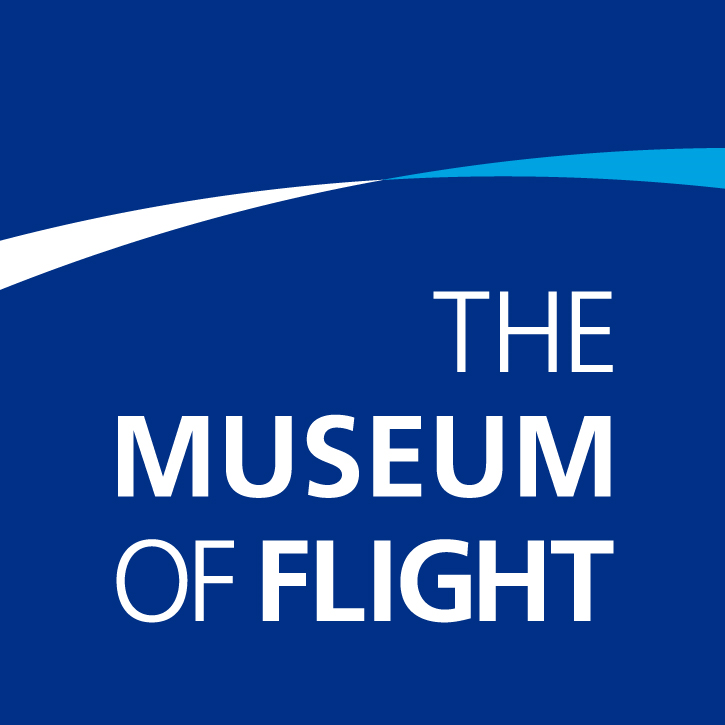Apollo Soyuz Test Project
Dates
- Existence: 1975
Historical Note: Apollo Soyuz Test Project
The Apollo–Soyuz Test Project (ASTP), which took place in July 1975, was the first joint American-Soviet space flight. The collaborative project was based on a 1972 agreement signed by U.S. President Richard Nixon and Soviet Premier Alexei Kosygin. It set a precedent for future joint efforts, such as the Shuttle-Mir Program and the International Space Station. The project was specifically designed to test the compatibility of rendezvous and docking systems.
On July 15, 1975 the United States launched an Apollo command and service module on a Saturn IB rocket. The Apollo spacecraft was nearly identical to the type that orbited the moon but was modified to provide for experiments, extra propellant tanks and the addition of controls and equipment related to the docking module. The Apollo spacecraft carried a crew of three: Thomas P. Stafford, Vance D. Brand, and Deke Slayton. It docked two days after launch on July 17, with a Soyuz spacecraft and its crew of two (Alexei Leonov and Valeri Kubasov). The Soyuz was the Soviet's primary spacecraft used for manned flight since its introduction in 1967. NASA designed and constructed the docking module to serve as an airlock and transfer corridor between the two spacecraft. During the two days of joint activities, the mission's two Soviet cosmonauts and three U.S. astronauts carried out five joint experiments and exchanged commemorative items.
After the two spacecraft separated, teh Apollo capsule remained in space for five more days and the Soyuz capsule remained in space for two more days. The crews used the time to capture photographs fo the sun's corona and to observe and photograph the Earth from outer space, providing scientists with new data for exploring and studying the Earth from orbit.
The ASTP mission was considered successful. It was also the final flight of an Apollo spacecraft.
Note derived from information on NASA.gov and Wikipedia.
Citation:
https://www.nasa.gov/apollo-soyuz/overviewFound in 5 Collections and/or Records:
First International Space Docking Certificate
Deke Slayton ASTP Joint Operations Checklist
Charles L. Soellner NASA Collection
The Charles L. Soellner NASA Collection documents the space programs of the National Aeronautics and Space Administration. The documents date from 1959 to 1975. The bulk of the materials are photographs and photomechancial prints mass-produced by NASA. The visual documentation and ephemera related to manned spaceflight missions were collected and assembled together in scrapbooks by Soellner.
Space Exploration Posters and Lithographs Collection
The Space Exploration Posters and Lithographs Collection is an artifical collection consisting of oversize textual and visual materials relating to aerospace, rocketry, astronauts, and the National Air and Space Administration (NASA), ranging from 1961-2006.
Series III. Aeronautical Research Files, 1916-1997
Contact us with a research request
curator@museumofflight.org
